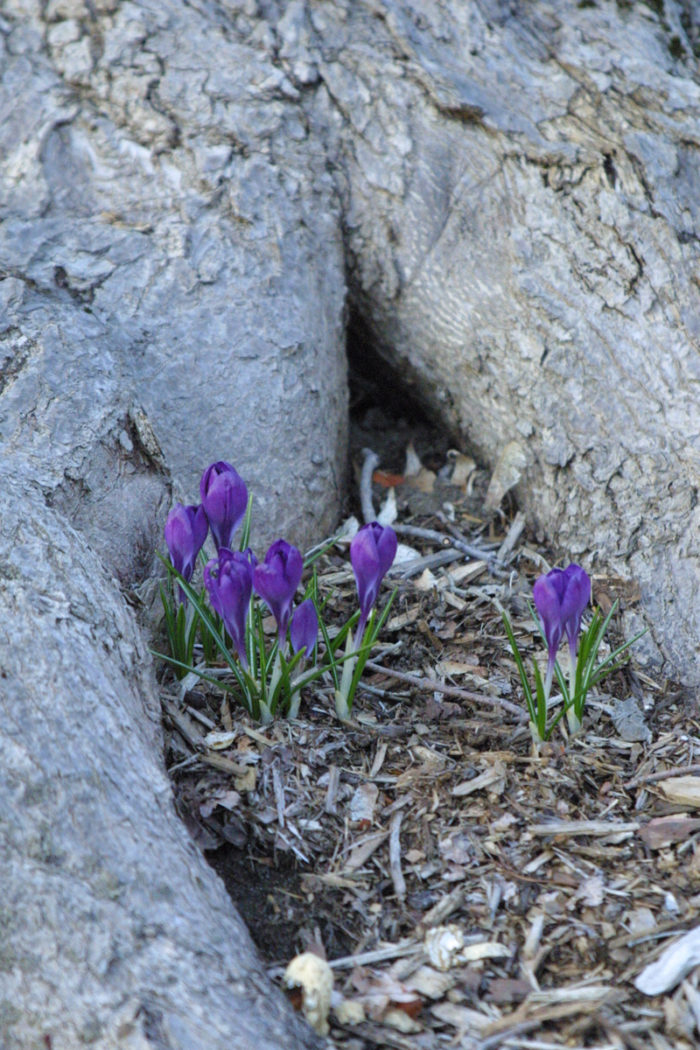
Spring is just around the corner, and there is much to do in the garden. The weather can be finicky in March, but there will be plenty of mild days to get some early spring gardening jobs completed. Some of the following tasks can be checked off your list this month.
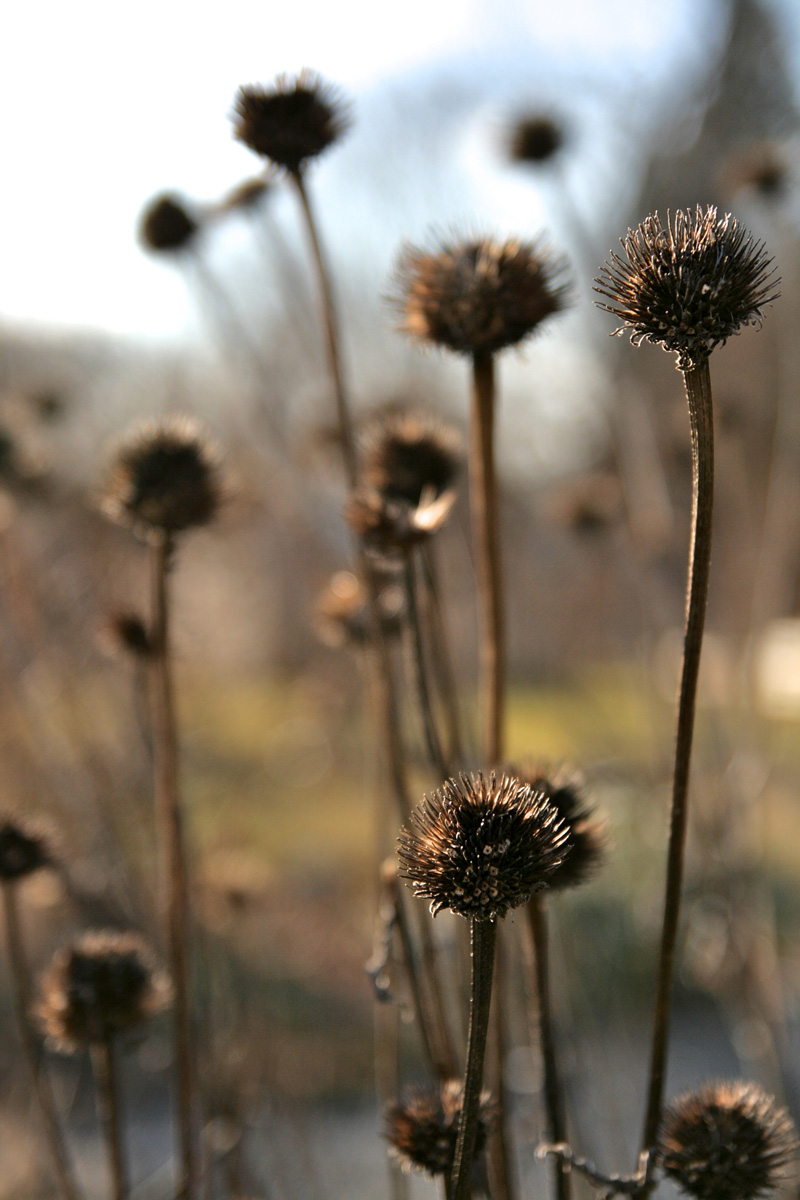
1. Remove last year’s growth from perennial beds
Dead perennials and grasses that were left standing for winter interest or food and shelter for wildlife can be cut back to make room for new growth. If possible, chop or cut up the old stems and foliage, and leave them as mulch to suppress weeds and to provide organic material for the soil. Tie up large ornamental grasses with some twine, and use hedge trimmers to cut down to the base. With this method, it is much easier to remove the whole clump at once.

2. Begin weeding
If the snow has cleared, clean up and weed beds. Winter weeds can be removed, and any sticks and fallen tree limbs can be cleared. Leaves usually make wonderful natural mulch, but now it is a good idea to remove them to clear the way for bulb and early spring perennial foliage.

3. Start your seeds
Now is the time to plant the seeds you ordered in February. March is a great time to sow the vegetable and annual seeds that need a head start indoors. Vegetables such as tomatoes and peppers thrive in hot weather, so sowing those seeds now will ensure a plant with enough growth to produce fruit by the end of the season. Annuals such as amaranth (Amaranthus spp. and cvs., annual), flowering tobacco (Nicotiana spp. and cvs., Zones 10–11), and floss flower (Ageratum houstonianum, annual) also require a bit of a head start before the warmer growing season begins.

4. Propagate overwintering houseplants and tender perennials
Those plants from last season that you overwintered inside are ready to be multiplied using cuttings. Coleus (Plectranthus scutellarioides, Zones 10–11), begonias (Begonia spp. and cvs., Zones 6–11), and scented geraniums (Pelargonium spp. and cvs., Zones 10–11) are relatively easy to propagate from cuttings. Just cut a leaf at the petiole and stick it in a pot or tray of moist, well-draining potting mix. To accelerate growth, dip the petiole in rooting hormone. (This step may increase the chance of success but is not necessary.) Houseplants with trailing habits like golden pothos (Epipremnum aureum, Zones 10–11) and philodendrons (Philodendron spp. and cvs., Zones 9–11) can be cut and put in a vase of water. Once roots form on the stems, they can be potted up. Plants propagated by these methods will give you beautiful, full plants ready to add to your garden in May.
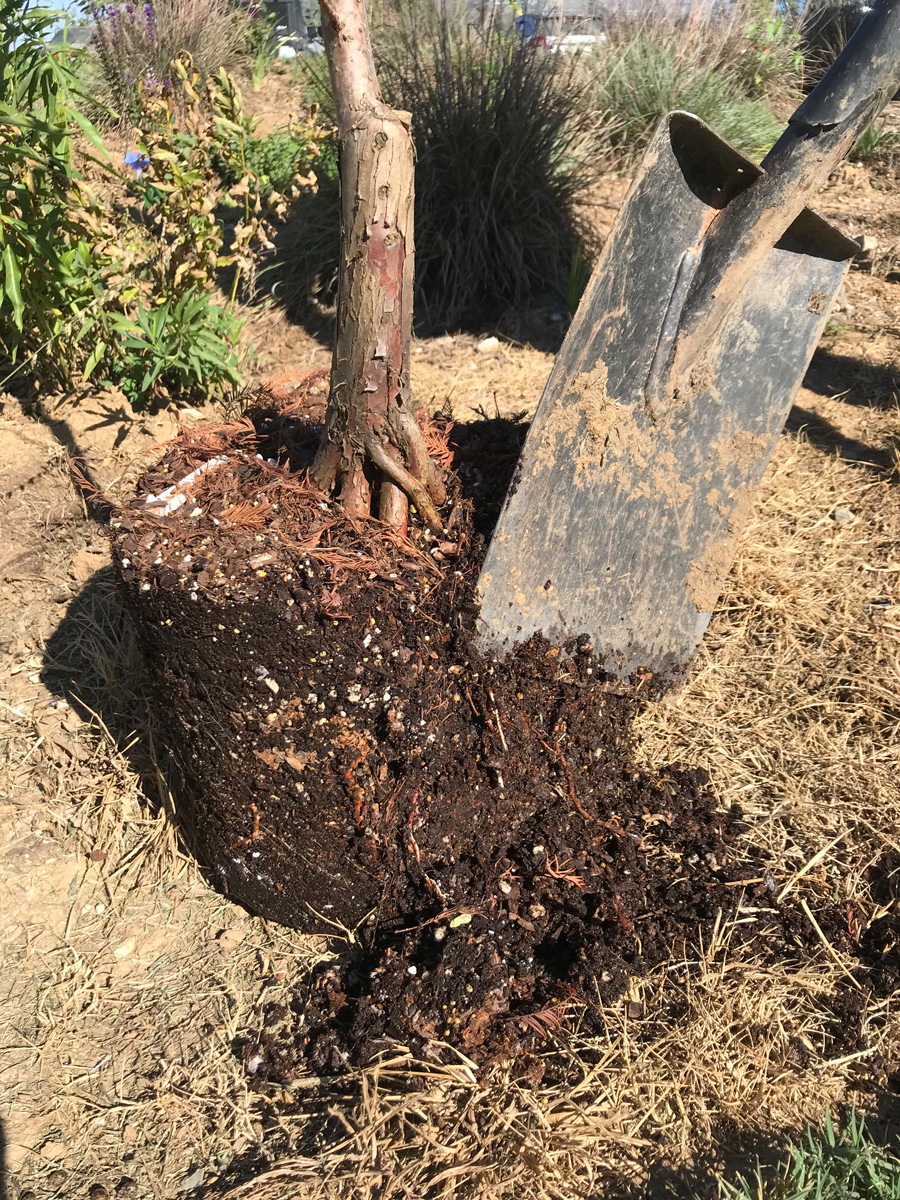
5. Plant trees and shrubs
Although temperatures in March fluctuate frequently, it is a great time to plant trees and shrubs. Nurseries start stocking spring-blooming trees early, so if the soil is workable, then you can plant. Be sure to inspect the quality of trees or shrubs, making sure the plants and roots look healthy. When planting, don’t forget to give the root ball extra room, and plant at soil level or slightly higher to ensure good drainage.
If the weather is cooperative this month, there is no time to waste in getting outside to enjoy some (of what seems like) long-awaited time in the garden.
—Michele Christiano is a horticulture assistant at Longwood Gardens in Kennett Square, Pennsylvania.
Fine Gardening Recommended Products

Fort Vee - Organic Potting Soil Mix
Fine Gardening receives a commission for items purchased through links on this site, including Amazon Associates and other affiliate advertising programs.
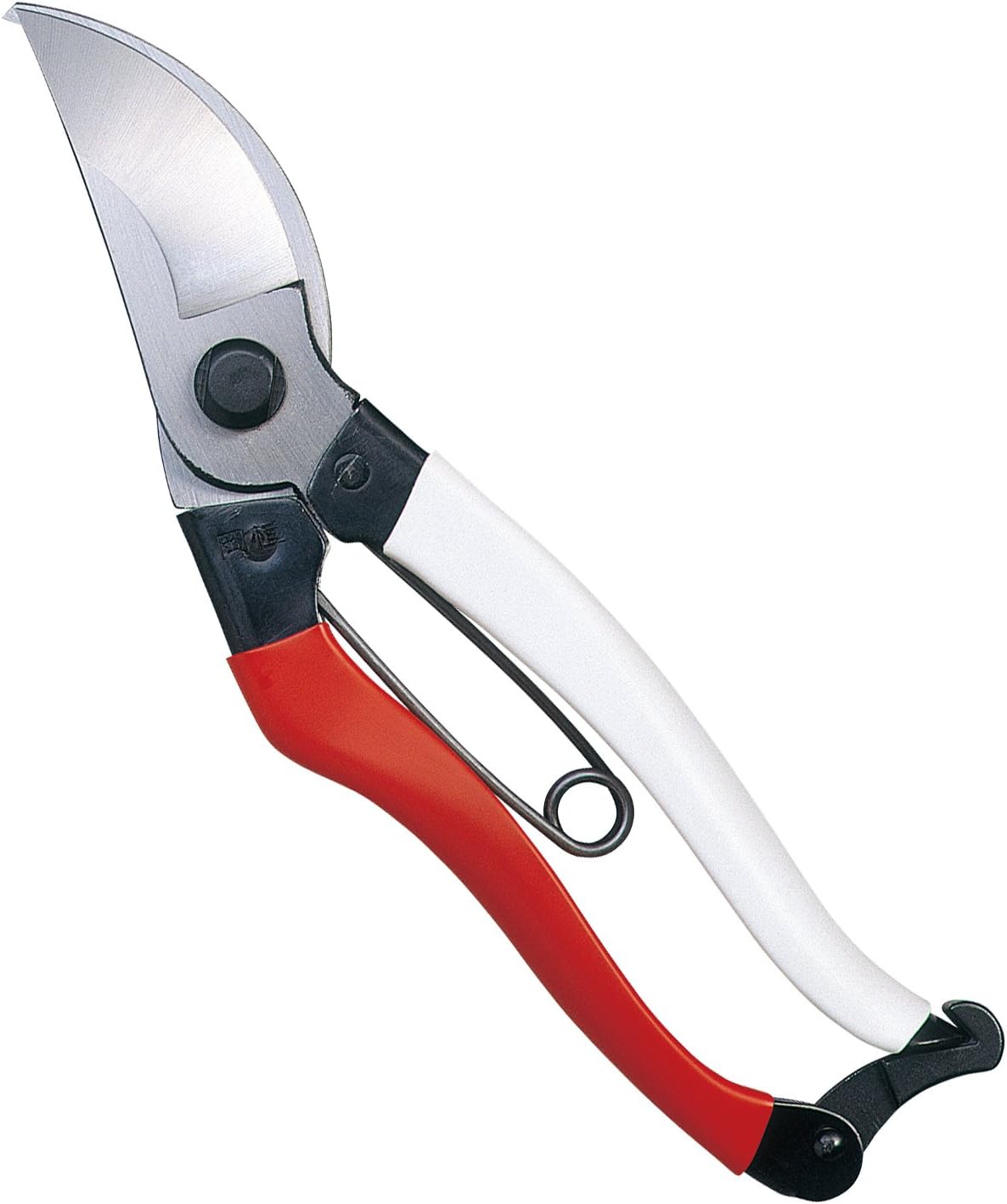
Okatsune 103 Bypass Pruners General Purpose Medium
Fine Gardening receives a commission for items purchased through links on this site, including Amazon Associates and other affiliate advertising programs.
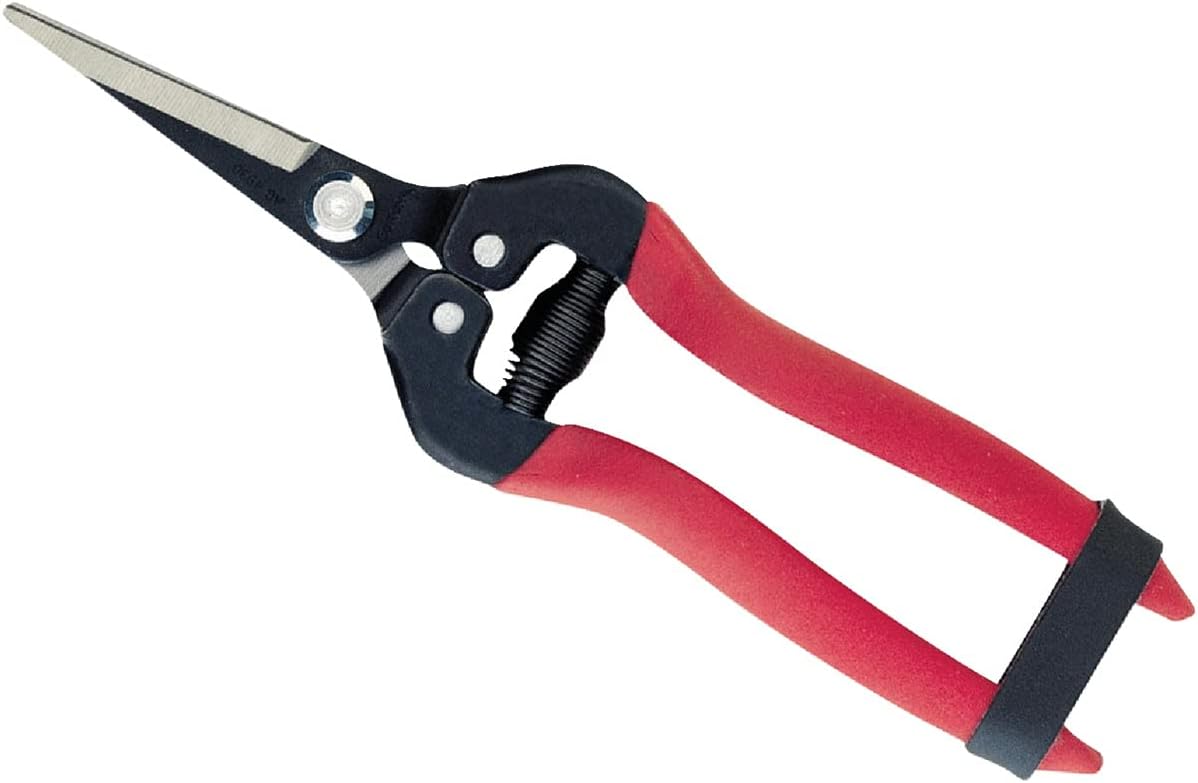
Corona AG 4930 Long Straight Snip, Tempered Steel
Fine Gardening receives a commission for items purchased through links on this site, including Amazon Associates and other affiliate advertising programs.



















Comments
Log in or create an account to post a comment.
Sign up Log in